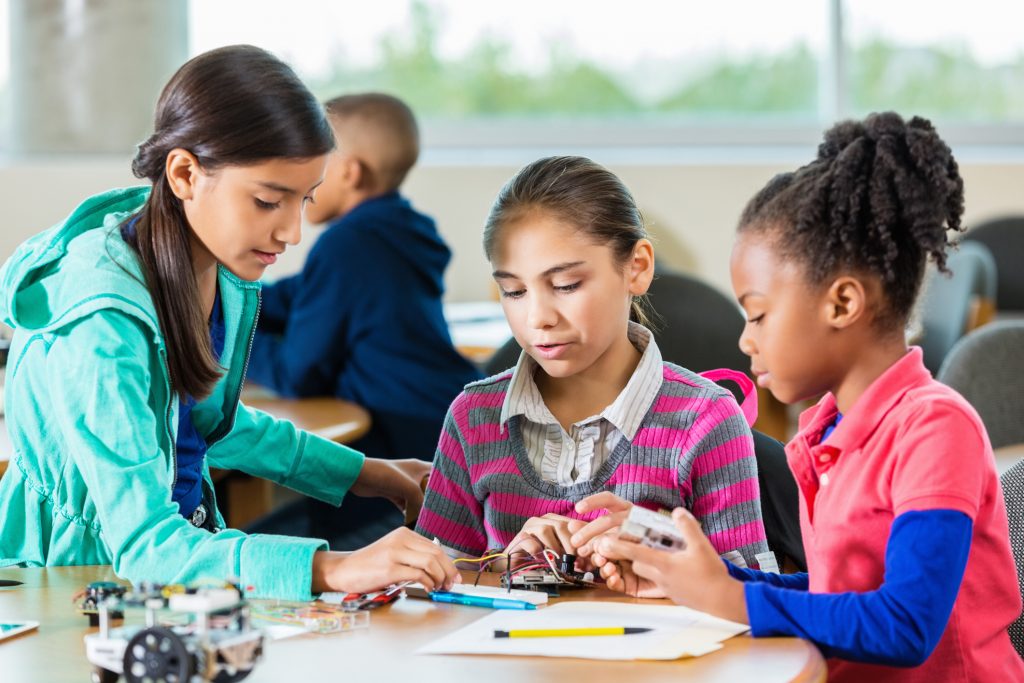Design Based Learning (DBL) projects grounded in Design Thinking principles have journeyed from graduate design programs all the way to elementary classrooms. Design Thinking appeals to students of all ages because it empowers them to solve problems that are meaningful and that have the potential to change the world in a positive way. Students build cross-disciplinary knowledge and planning skills, learn to work collaboratively, and perhaps most important of all, practice and strengthen their ability to empathize with others.
Continue reading “Empathy: the Essential Ingredient in Design Thinking”Category: 3. Coaching: Digital Age Learning Environments
Does Digital Mind Mapping Have a Place in K-5 Classrooms?
Organizing information using a combination of visuals and text can be a powerful way to both present new topics and construct knowledge. As part of my inquiry for Teaching, Learning and Assessment 1 in SPU’s DEL program, I wanted to explore what place digital mind mapping tools could play in an elementary school setting. I was introduced to mind mapping software in the 6100 DEL program orientation class and found it immensely helpful in organizing my thoughts and making connections between key concepts. I wondered if it would be equally effective for K-5 teachers and students.
Continue reading “Does Digital Mind Mapping Have a Place in K-5 Classrooms?”Making in Elementary: Finding the Balance

As part of the Teaching, Learning, and Assessment 1 class in the
SPU Digital Education Leadership program, I wanted to investigate best practices for designing meaningful elementary makerspace projects that balance student engagement, empowerment, and self-efficacy while avoiding the frustration that can be caused by open-ended projects and challenging technology.
Continue reading “Making in Elementary: Finding the Balance”
